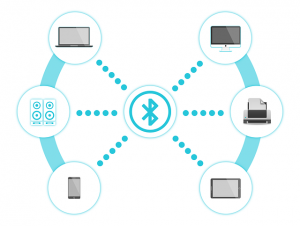The world population has more than doubled in the last 65 years1 and is currently at 7.5 billion people2. It will be interesting to see what the 2020 census data will tell us about chronic health conditions in the United States as the Center for Disease Control last report from 2012 states 117 million adults (about half) have at least one chronic health issues3. Most of these health issues are preventable, but today let’s focus on ways modern technology can help to monitor, control and perhaps even cure them.
On top of the rising rate of chronic health issues, the health care industry is also struggling with aging demographics as baby boomers are turning 65, shortages in both health care workers and a younger workforce able to sustain the rising costs. Care providers, government agencies and insurers are looking to mobile technologies, apps and services for solutions. Park Associates estimates that the total number of health-related M2M connects will grow from nearly 2 million connections in 2014 to 10 million in 20184.





